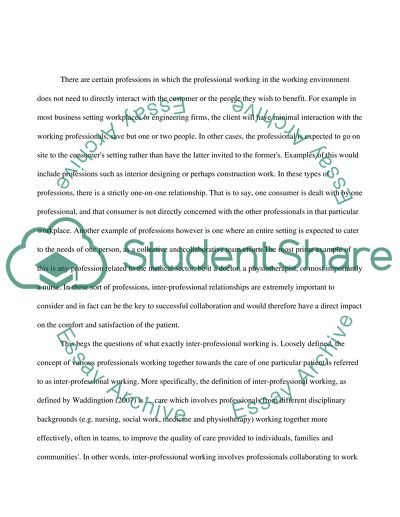Cite this document
(“The Dynamics of Inter-professional Relationships and how They Impact Essay”, n.d.)
Retrieved from https://studentshare.org/nursing/1428074-examine-the-dynamics-of-interprofessional
Retrieved from https://studentshare.org/nursing/1428074-examine-the-dynamics-of-interprofessional
(The Dynamics of Inter-Professional Relationships and How They Impact Essay)
https://studentshare.org/nursing/1428074-examine-the-dynamics-of-interprofessional.
https://studentshare.org/nursing/1428074-examine-the-dynamics-of-interprofessional.
“The Dynamics of Inter-Professional Relationships and How They Impact Essay”, n.d. https://studentshare.org/nursing/1428074-examine-the-dynamics-of-interprofessional.


